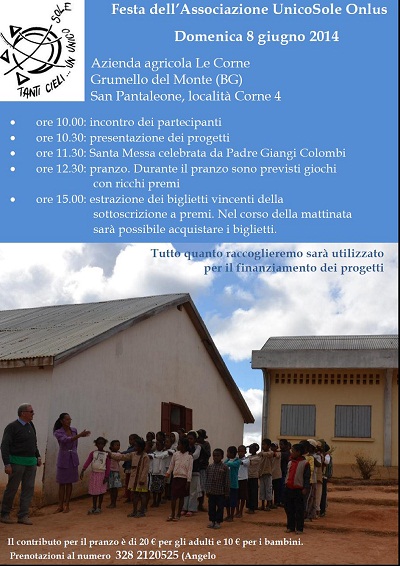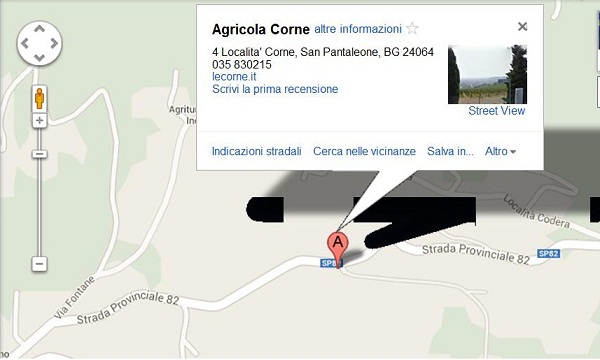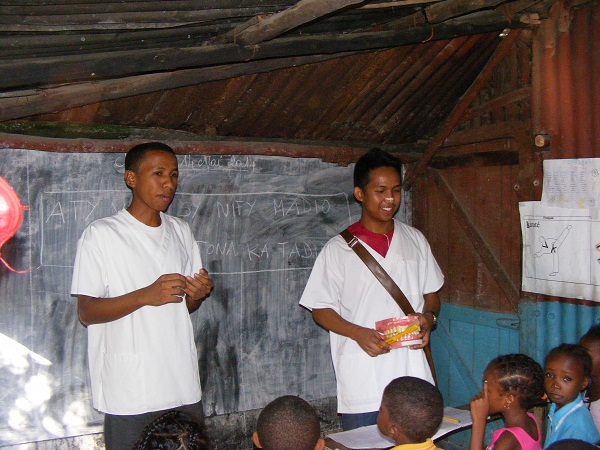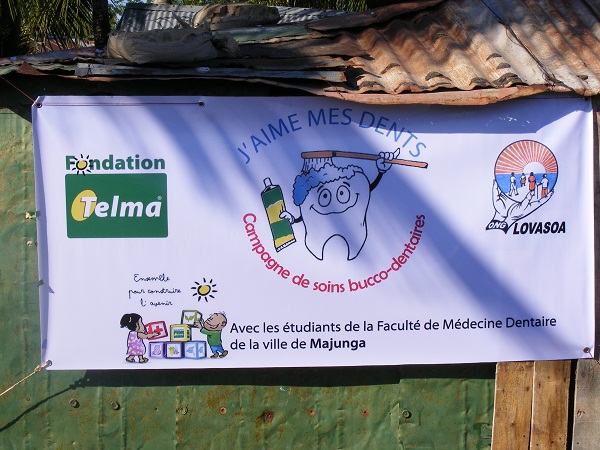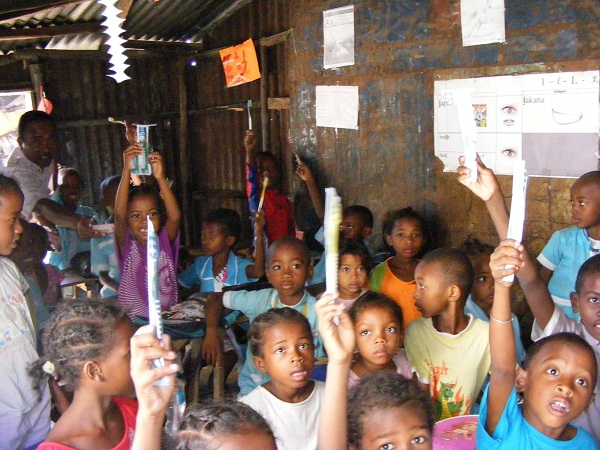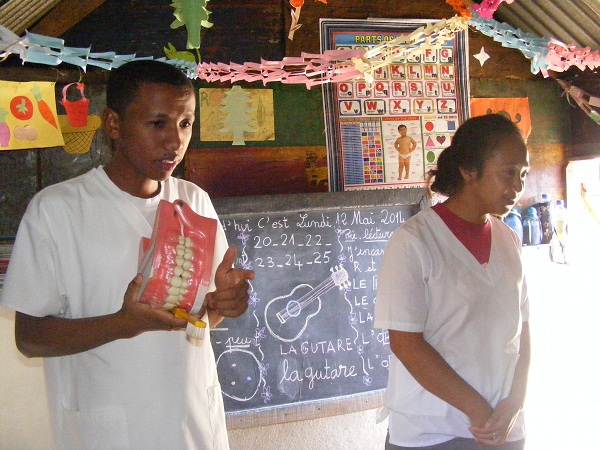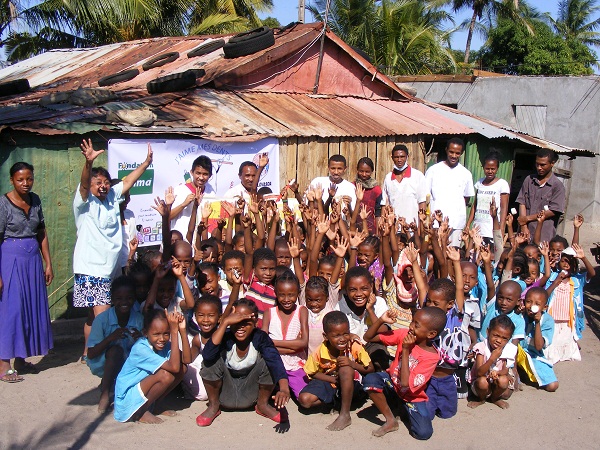I am pleased to be here at the University of Antananarivo. The University and the World Bank have a longstanding partnership and I am delighted to contribute to this partnership through my presence here today.
The topic I would like to address is Africa’s innovation and self-transformation process. As your country emerges from a period of crisis, I hope that you will draw inspiration from other African countries that have experienced crises but have also demonstrated, over the past 10 years, that it is possible to change their destiny.
I would also like to both celebrate our successes and acknowledge our challenges, and my remarks today will strike this balance. Great success has been achieved in recent years, which we must celebrate. Understanding the drivers of this success will also help us understand the challenges so that we may better address them.
“Recent Successes”
As we all know, Africa’s economies are enjoying a period of unprecedented growth and development. Sub-Saharan Africa, excluding South Africa, grew by more than 6 percent in 2013 (6.1 percent), consolidating more than a decade of growth rates above 5 percent, even taking into account the slight drop in 2009 because of the global crisis.
Growth on the continent reflects an important structural trend in African economies. Nigeria recently revised its GDP, which now stands at more than US$500 billion, surpassing South Africa and becoming the biggest economy in Africa. Other African countries such as Ghana and Kenya have also improved their GDP statistics. Other countries will follow suit.
These revised figures shed light not only on the size of these economies, but also on their composition. First, services are now a key pillar of the African economy and the extractive industries and agriculture continue to be one of the strongest drivers. However, the role to be played by the manufacturing sector over the next 10 years is still a matter of debate.
While the share of the manufacturing sector in overall GDP has increased in some countries such as Nigeria and Ethiopia, it is clearly declining in most other countries. The role of the manufacturing sector in the development of Africa’s economies is being debated and views on this topic abound. This has been addressed by economists such as Haussman, Velasco, my colleague Bill Maloney or, more recently, the African Center for Economic Transformation think tank headed by African economists, whose report has just been published. Among all the views expressed, the common issue is the productivity of African economies.
For this reason, we at the World Bank have a renewed interest in higher education, particularly the role of sciences. Currently, only 25 percent of the graduates of African universities have been trained in science, technology, engineering, and math.
Second, the infrastructure deficit, particularly in the energy sector, is also an obstacle that will have to be overcome in order to boost the productivity level of African economies. Consequently, special emphasis has been placed on the infrastructure and energy sectors in World Bank programs currently being implemented in Africa.
I would like to return to the subject of the recent development of African economies. GDP growth in Sub-Saharan Africa is expected to be 5.2 percent in 2014 and 5.4 percent in 2015 and 2016. These growth rates are now the rule rather than the exception in Africa.
Why is Africa growing at these rates, when it previously struggled to perform at such a level?
We know that part of the reason is linked to trends in commodity prices.
In 2000, about half of Africa’s economies were major commodity exporters. In countries such as Angola, Chad, Equatorial Guinea, Gabon, and Nigeria, more than 92 percent of export earnings, on average, are derived from oil. And in other non-oil producing but resource-rich countries such as Botswana, Guinea, Mauritania, and Sierra Leone, 50 percent of export earnings come from natural resources. We must therefore acknowledge that Africa has benefitted, in part, from events beyond its control.
But this is only part of the story.
We have also seen improvements in governance and in macroeconomic management, the factors underlying more robust economic growth.
Budget deficits have been brought under control in most countries and impressive measures have been adopted to curb inflation. Sub-Saharan Africa is, in fact, performing better than the OECD countries. In 2013, the average debt of African governments stood at 33.9 percent, compared to a figure of 107.1 percent in developed economies. This performance has played a key role in developing confidence in African economies and attracting sizeable amounts of foreign direct investment.
Improved governance and strengthened macroeconomic management have helped make Africa a destination for foreign investors. Not just short-term flows, but direct investment that is flowing in because investors believe that African economies will continue to grow in the years ahead.
Financial uncertainty and deleveraging in the Eurozone drove down private capital flows to developing countries by about 9 percent in 2012. However, that same year, private inflows to Africa increased by more than 3 percent and reached a record high of US$55 billion. African public debt is increasingly viewed by investors as an asset class that can offer robust returns and, at the same time, risk diversification by moving away from developed country financial markets. And as governments provide greater stability, international investors are turning to the African private sector.
Foreign direct investment is expected to remain strong. FDI in Africa increased by 16 percent in 2013, climbing to US$43 billion. FDI in Africa is forecast to reach $56 billion by 2015. And while the extractive industries dominate, their importance in productive investments is declining, reflecting increasing services investments, especially in banking, transportation, telecommunications, and water.
This augurs very well for long-term confidence in Africa’s economies and has also been the third main driver of Africa’s improved performance in the last decade, along with rising commodity prices and improved economic management. Foreign savings have augmented Africa’s own, quite low, savings levels.
Domestic investment has also posted solid increases in recent years. All these factors have helped fund an investment boom in Africa. And we expect this trend to continue.
“Addressing the Challenges”
So … will this performance continue? And how can we strengthen it further?
At the World Bank, our analysis of Africa’s growth prospects points mostly to positive signs and suggests that Africa should continue to grow at about 6 percent a year, excluding South Africa, where growth prospects are unfortunately more moderate (in the 3 percent range).
Perhaps more importantly, some of the dark clouds on the horizon of the global economy—such as Eurozone fiscal concerns or the possibility of a slowdown of China’s very rapid recent growth—may not rain too much on Africa’s parade.
Why do I say this? The Bank has conducted an analysis of alternative “negative shock” scenarios modeling the world economy and Africa’s place in it using competitive general equilibrium techniques.
The impact of a credit squeeze in the Eurozone economies is estimated at 1 percent of growth in Africa. Another scenario models a sudden change of direction of Chinese investment and thus world growth and commodity prices. This could cool commodity markets and prices and although the discovery of new mining deposits may cushion this effect, it is still something for us to watch. Still, our modeling actually suggests that this transmission channel would have a somewhat less severe impact on Africa. All told, while these scenarios capture downside risk, they do not come anywhere close to spelling disaster.
Of course, Africa faces specific risks and challenges. However, a very real opportunity exists to take Africa’s economic performance to another level and create a true African transformation. Let me mention a number of African risks, and then present to you the more optimistic picture.
“Mitigating Risks”
Conflicts. Recent events in Mali have shown how quickly regional instability can affect one of our economies. Mali’s growth rate was 5.8 percent in 2010. In 2011, its country policies and institutions were rated by the Bank as significantly stronger than the regional average. Yet in January 2012, Mali fell victim to forces beyond its own control and its economy is still trying to regain its footing.
Yet the fragility of our African countries is not always reflected in violent conflict. As you are well aware, this fragility can also be seen in profound political instability. From the time of its independence, Madagascar has experienced cyclical political crises. Since the end of the 1980s, these political crises have been preceded by periods of accelerated economic growth. Based on the experience of other countries, it is clear that economic growth in and of itself does not fuel political crises. However, in the case of Madagascar, these two phenomena appear to be linked.
How can we, public and private sector actors in Africa, minimize these crisis risks that are derailing progress?
Partly by ensuring that growth is shared across population groups and regions. It cannot be appropriated by a single group. This can be achieved in particular through improved basic infrastructure, health, education, and social services in the least developed regions. In the Sahel region, for example, solutions relating to increased agricultural productivity are also being provided to help build resilience to desertification and increased climate volatility. A significant share of the World Bank’s lending portfolio seeks to promote just that, by supporting infrastructure, agriculture, and innovative service delivery models for education, health, and social safety nets.
A second approach to reducing fragility and conflict is responding quickly and effectively to the threat of conflict. The 2011 World Development Report, which focused on fragile and post-conflict situations, underscores the importance of responding promptly to restore confidence and focusing on strengthening institutions that provide citizen security, justice, and employment, with a particular focus on young people. The Bank opened a new country office in Nairobi, which seeks to adapt our development solutions to fragile and post-conflict environments, building on the analysis of the World Development Report, among others.
A second risk is related to the energy sector, Africa’s biggest infrastructure bottleneck. The energy issue must be promptly and adequately addressed to prevent it from becoming an even greater obstacle to progress on the continent than it currently is.
A recent study of a number of African countries estimated the economic cost of power outages at over 5 percent of GDP per year in all of these countries. Thirty countries in Africa experience regular power cuts. Africa has approximately 80 GW of installed generation capacity. It also has 45 GW and 15 GW of hydropower and geothermal potential, respectively, as well as significant natural gas reserves, and, for the longer term, tremendous wind and solar potential.
The challenge, therefore, is to foster and harness private investment, with a view to boosting current levels that are generating a mere 1 to 2 GW of additional capacity each year, although more than 6 to 7 GW are required.
Based on current projections, fewer than 60 percent of Africans will have electricity in their homes by 2030, while estimates of unmet investment needs stand at over US$40 billion per year. Private sector investments in Africa account for 1 percent of total investments in developing countries. This is clearly inadequate. To ensure greater investment, we need to focus on regulatory obstacles, the performance of state-owned enterprises and innovative financing, incorporating guarantees and other characteristics in order to increase private investment.
A third challenge pertains to the issues of the capacity of fiscal institutions and lack of transparency, which, if not addressed, could imperil gains made. A number of countries have experienced strong growth, 8 percent in some cases over the past decade, almost doubling the size of these economies. However, these countries have not been able to achieve poverty reduction, an even more daunting challenge in countries whose growth is dependent on commodities. Three factors should be noted:
- Transparency in the accounting of oil revenue in State and federal state budgets.
- Avoidance of boom-bust cycles exacerbated by pro-cyclical budgetary spending.
- Increase in pro-poor spending (for example, by reducing oil subsidies for the wealthiest in favor of direct transfer payments targeting the poorest).
Of course, none of these policies can be easily implemented, an undertaking that is even more difficult when they are taken together. However, as difficult as this may be, this is the way forward for many of our countries.
We must be clear about a persistent threat: some African countries could squander their natural resource wealth, thereby creating, as has happened in the past, a legacy of debt rather than of assets.
Debt relief coupled with natural resource revenues—current or future—has made a considerable number of governments in African countries more creditworthy than ever before. However, this also creates risks and the need for prudent economic management. A recent analysis conducted by the Bank revealed that eight African countries that benefited from the Heavily Indebted Poor Countries (HIPC) and Multilateral Debt Relief initiatives increased their public debt-to-GDP ratio to one-third of pre-relief levels in just four years. Others did even better. The main challenge here, therefore, is to strengthen national institutions so as to avoid the pitfalls of uncontrolled and underproductive public spending.
“The keys to a true transformation”
If Africa can mitigate the three main risks that I discussed—conflict, key infrastructure constraints, and fiscal transparency—there will be an opportunity for an even deeper transformation than we witnessed during the past 10 years. Let me tell you why I am confident this will happen.
First, we are seeing greater political accountability. There are many positive examples of democratic political transitions in Africa in recent years: the recent peaceful democratic transition in Ghana, Sierra Leone’s solid performance as well according to all international observers, and my own country Senegal. This is increasingly becoming the rule rather than the exception in Africa, and, from an economic standpoint, all the benefits have not yet been felt.
Second, Africa has yet to reap the benefits of its youth population structure and the emergence of a new and powerful middle class.
In 2015, 61 percent of Africans will be under 25, a figure that will fall to 56 percent by 2035. This is a tremendous opportunity for growth, given that these young population groups are entering their productive years. In South Asia, however, the reverse is happening—48 percent of the population will be under 25 in 2015, but this rate will fall to 39 percent by 2035, thus placing a heavier burden on young people to support an older population.
This demographic phenomenon underscores the need to ensure that young people receive not just an education but an education that is of a better quality and more suited to labor market needs than what is currently provided in the majority of our countries.
The emergence in recent years of a large middle class in many African societies is equally important, because this means that African businesses must not only export but can also produce for their burgeoning domestic markets. In other countries such as Brazil, this phenomenon has been a driver not only of growth, but also of fundamental societal transformation.
This also underscores another opportunity—the economic integration of Africa. A recent World Bank report entitled “De-fragmenting Africa” revealed the continent’s huge potential once tariff and non-tariff barriers in Africa are removed. The incidence of these barriers falls most heavily on the poor and on women, and prevents countries from taking advantage of opportunities to diversify exports away from a narrow range of primary products. Regional trade can play a key role in creating jobs that are needed for Africa’s young populations.
Conclusion
In closing, I would like to return to the issue raised at the beginning, namely the role of natural resources in Africa’s resurgence. While some may present this factor as a potential constraint, we can examine the role of natural resources in a different way. New mapping technology is now making it possible to generate a far more accurate image of underground mineral resources. Initial findings from the most recently conducted surveys suggest that we may be using a mere one-tenth of Africa’s total oil and mineral resources. In other words, today’s engine of growth may prove to be an engine of growth for decades to come.
This will also create new challenges. We must convert these resources into human capital, jobs, opportunities, and well-being for Africa’s populations.
The World Bank is therefore focusing much of its efforts on building country capacity in order to allow these countries to benefit from improved use of natural resources, negotiate with exploration companies (we have a new fund specifically for that purpose), through transparency initiatives such as EITI, and implement fair and effective social safety nets.
So if African governments continue to strengthen governance for the benefit of their people, if we can take advantage of the demographic transition to strengthen education and training programs and create jobs through economic growth, we have the prospect of a stronger Africa that can not only trade with the rest of the world, but also within the African continent. This would represent a new phase of development in Africa, new opportunities for African investors, and a true transformation of Africa.
Misaotra (Thank You).




